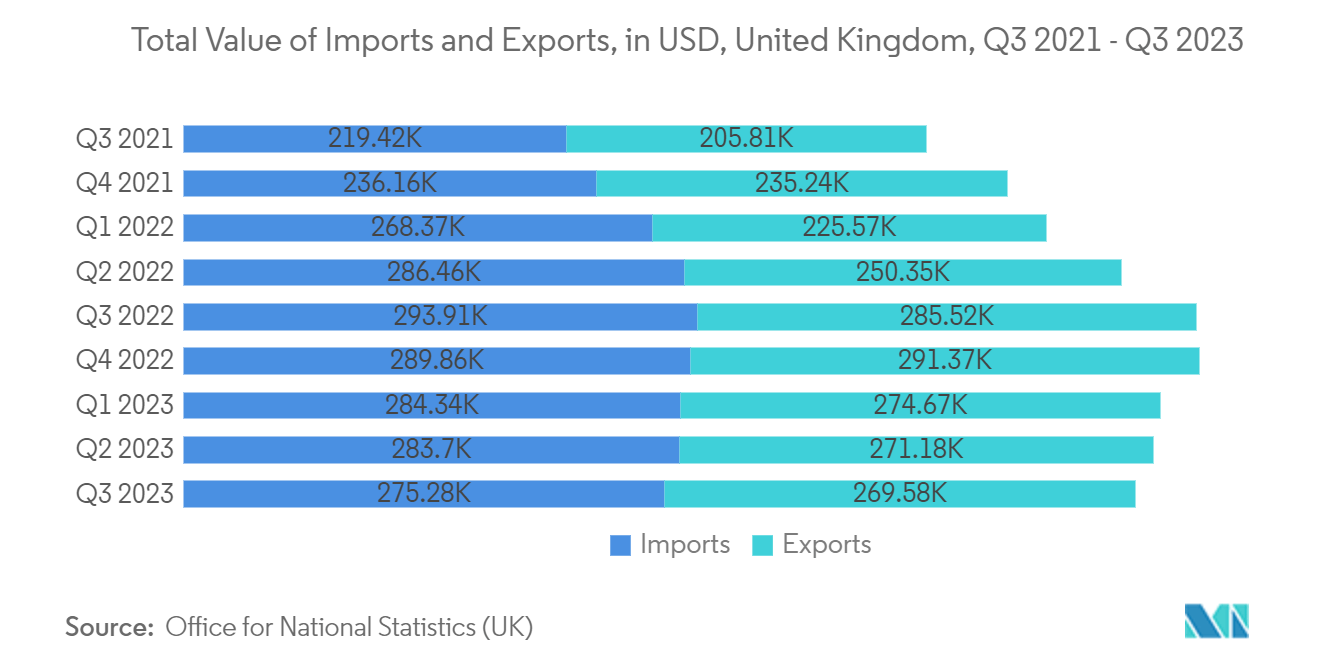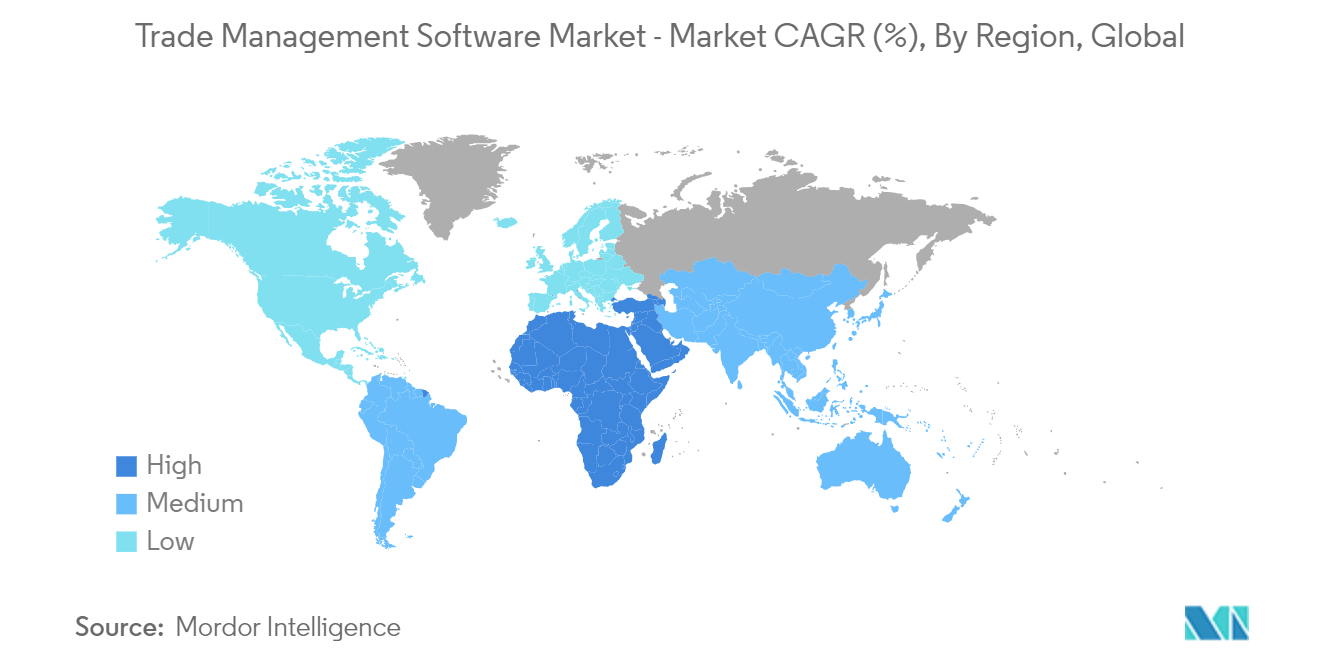Market Trends of Trade Management Software Industry
Consumer Goods to Drive the Market
- Import/export management, restricted party screening, trade compliance, custom filings, free trade zones, and cross-border trade management are all trade-related procedures that consumer products firms can use trade management software to handle. Economic exchanges between countries are referred to as international commerce. Consumer items like apparel and television sets and capital goods like machinery, raw materials, food, and other things are regularly exchanged.
- Many global consumer products businesses utilize a single platform to collect trade spending data from diverse markets and channels for reporting and decision-making throughout the company. Based on reverse-engineering research, the venue usually incorporates data regarding trade partners' margin needs to clarify what sort of arrangement trading partners want.
- Trade promotion management (TPM) and optimization (TPO) are procedures and technology consumer goods manufacturers use to plan, manage, and execute activities that need collaborative promotional involvement from their retail partners.
- The consumer products business faces several challenges, including inflation-driven cost increases, narrower margins, and global supply chain issues, which can lead to decreasing sales and brand loyalty. As a result of economic uncertainty, the consumer products industry is looking for digital solutions to improve the efficiency and robustness of its operations.
- For instance, according to the Office for National Statistics (UK), United Kingdom exports in the third quarter of 2023 were about USD 269,581. Its imports were valued at roughly USD 275,278 that quarter. Imports are increasing, and organizations use trade management software to reduce the costs and hazards of international commerce.
- Through integrated sales planning, consumer goods manufacturers may use Trade Management Software to match retail partners' trade investment demands with their own revenue and volume growth goals, as well as more significant margins and ROI.

North America Expected to Hold Major Market Share
- The existence of prominent rivals such as SAP, Oracle, and Amber Road Inc. is expected to provide North America with a significant market share in the trade management software market.
- Furthermore, the region's rapid and severe trade laws raise demand for these solutions to ensure seamless compliance and no missed tax and duty deadlines.
- The United States government seeks to increase its use of locally produced items. As a result, export growth will be equivalent to international import growth. As a result, the use of trade management software to track and conform to each country's regulatory standards is projected to rise further.
- Furthermore, the rising cloud-based solutions industry in North America will benefit the trade management software market.
- According to the World Trade Organization (WTO), in March 2022, Canada donated $2,000,000 (USD 1.5 million) to assist developing and least-developed nations in becoming more active participants in global agricultural trade. The Standards and Trade Development Facility (STDF) funding assists nations in meeting international food, plant, and animal health standards, allowing them to access regional and global markets more easily.
- According to BEA, In the first quarter of 2022, the total value of goods and services imported into the United States increased from USD 795.5 billion in the first quarter of 2021 to USD 1,018.5 billion. The demand for trade management software will increase as more goods and services are imported into the US.
- Other regional firms are engaged in different actions such as acquisition, merger, and partnership, which will likely enhance demand for trade management software.


